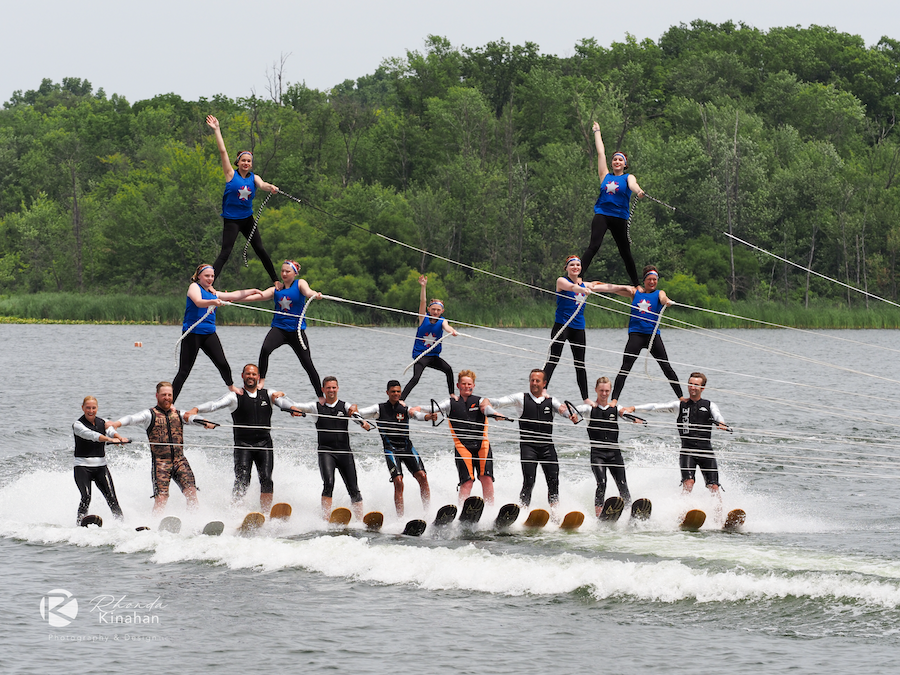Lake-effect snow can lead to significant snow accumulation in affected areas, impacting local weather patterns and creating challenging driving conditions. The intensity and duration of lake-effect snow depend on various factors, including the temperature contrast between the lake and the air mass, wind direction, and the size and temperature of the lake. Regions around the Great Lakes, including Norton Shores, are known for notable lake-effect snow events.
It requires extra caution and preparation. Whether you’re visiting, a new resident, or just need a refresher on driving in snowy conditions, here are some tips to help you navigate safely in snowy weather:
- Check Your Vehicle:
- Ensure your tires have sufficient tread and are suitable for winter conditions.
- Check your brakes, battery, lights, and fluids to make sure your car is in good working condition.
- Drive Slowly:
- Reduce your speed in snowy or icy conditions. It takes longer to stop on slippery roads, so slow down and leave extra space between you and the vehicle in front of you.
- Accelerate and Decelerate Gradually:
- Avoid sudden movements with the accelerator or brakes. Start slowly and accelerate gradually to maintain traction. When slowing down, start braking early and apply gentle pressure to avoid skidding.
- Use Lower Gears:
- If your vehicle has a lower gear setting (such as “2” on an automatic transmission), use it to improve traction when starting from a stop or descending hills.
- Avoid Cruise Control:
- Do not use cruise control on slippery surfaces. You want to maintain complete control over your acceleration and deceleration.
- Increase Following Distance:
- Give yourself extra space between your vehicle and the one in front of you. This provides more time to react to sudden stops or turns.
- Be Gentle with Steering:
- Make smooth and gentle steering movements. Sudden or sharp turns can cause skidding.
- Use Brakes Carefully:
- If your vehicle is equipped with an anti-lock braking system (ABS), apply firm, steady pressure to the brake pedal. If not, gently pump the brakes to avoid locking up the wheels.
- Visibility is Key:
- Clear all windows, mirrors, and lights of snow and ice before driving. Use your headlights, even during the day, to increase visibility for yourself and others.
- Stay Informed:
- Check weather and road conditions before you travel. If conditions are severe, consider postponing your trip if possible.
- Carry Emergency Supplies:
- Keep a winter emergency kit in your vehicle, including items such as a blanket, flashlight, extra warm clothing, non-perishable snacks, and a first aid kit.
- Know How to Recover from a Skid:
- If your vehicle starts to skid, steer in the direction you want to go. Avoid slamming on the brakes, as this can worsen the skid. If you have rear-wheel drive, gently accelerate to help straighten the vehicle.
Remember, it’s always better to err on the side of caution in snowy conditions. If conditions are severe, consider staying off the roads until they improve. Safe driving! Enjoy Michigan’s Winter Wonderland – especially Norton Shores.



